Irritating "Security Error Code 0x80070424" Pop-up
"Security Error Code 0x80070424" is such an unwanted advertising platform that can penetrate systems via the distribution of a third party (maybe certain bundled program/shareware or superfluous toolbar/plug-in) and then it wrecks havoc and leaves a mess on the affected machines.
If you are a sufferer of "Security Error Code 0x80070424", you may get a window popping up and saying "BSOD : DllRegisterServer failed with the error code 0x80040201" and you will be asked to visit nearest windows service center Or Call certain number provided for support.

This annoyance may appear on different pages with different numbers provided. So it is normal that you may see the information such as:
The page at yourcomputerhelpdesk.com says Windows Firewall Infected!!!...Call 844-895-0539 (TOLL-FREE)
Or
The page at pcregistryfix.com says Windows Firewall Infected!!!...Call 888-279-5428 (TOLL-FREE)
Fake "Security Error Code 0x80070424" Deserves Death
"*** Security Error Code 0x80070424" thing does precisely what a hijacker out does could bring you lots of troubles.
* It keeps showing and struggling with you for the command of the browser.
* It impacts your browser experience via modifying some settings secretly.
* It tends to trick you with misleading or deceptive message.
* It refuses to go away and forces you to close the X button repeatedly.
* It may open doors for other malicious applications that cripple your PC.
For the good of your browser security, you are suggested to take immediate actions to complete the pop-up removal. Do not know how to go about "Security Error Code 0x80070424" scam deletion? No worry and fidget any more, here we provide you with two solutions to get rid of this phishing thing efficiently.
PATH 1: Remove "Security Error Code 0x80070424" Manually
PATH 2: Erase "Security Error Code 0x80070424" Automatically with SpyHunter Anti-malware
"Security Error Code 0x80070424" Pop-up Manual Removal
Tip 1. Reset your invaded browsers one by one
Internet Explorer:
a) Click Start, click Run, in the opened window type "inetcpl.cpl".
b) Click "Advanced" tab, then click Reset.

Chrome:
Click the Chrome menu on the browser toolbar and select Settings:
a) Scroll down to the bottom of chrome://settings/ page and click Show advanced settings
b) Scroll down to the bottom once again and click Reset Settings

Mozilla FireFox:
Click on the orange Firefox icon->> choose Help ->>choose Troubleshooting information
a) Click on Reset Firefox. Choose Reset Firefox again to make sure that you want to reset the browser to its initial state.
b) Click Finish button when you get the Import Complete window.
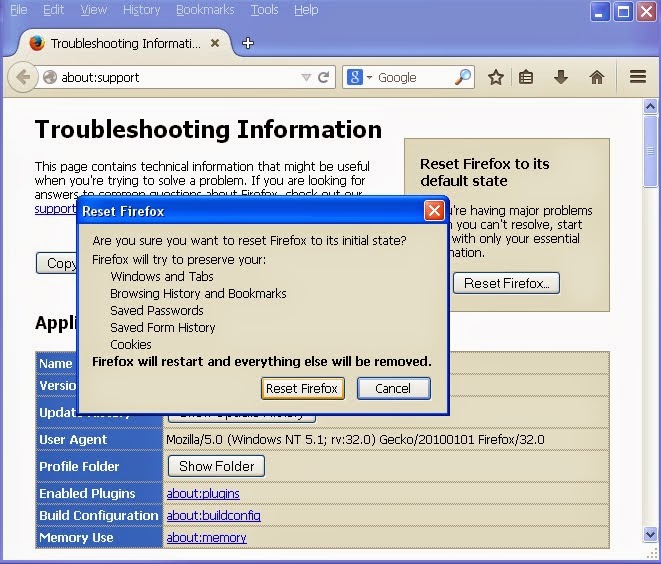
If you fail to reset the browser directly, you may need to deal with adware relevant entries.
Tip 2. Delete redirect page from Registry Editor
a) Click Start menu and type regedit in Search Programs and files box, and then hit Enter to get Registry Editor Window

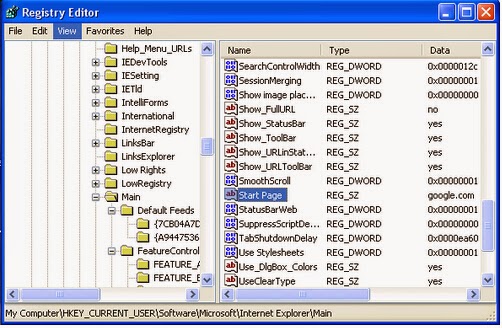
Computer\HKEY_CURRENT_USER\Software\Microsoft\Internet Explore\Main
b) Check your start page and reset it to google.com or the one you would like.
(If you are not skilled in fixing manually, relax, you are highly advised to download and install the most popular security tool - SpyHunter for assistance. The tool designed to locate and delete corrupt files will help you out without pain.)
"Security Error Code 0x80070424" Automatic Removal
TIP 1. Download scaring pop-up removal tool SpyHunter
(Double click on the download file and follow the prompts to install the program.)
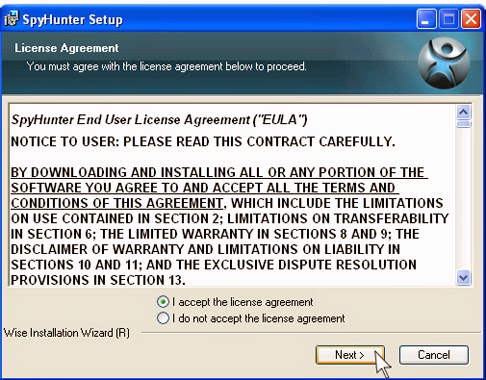
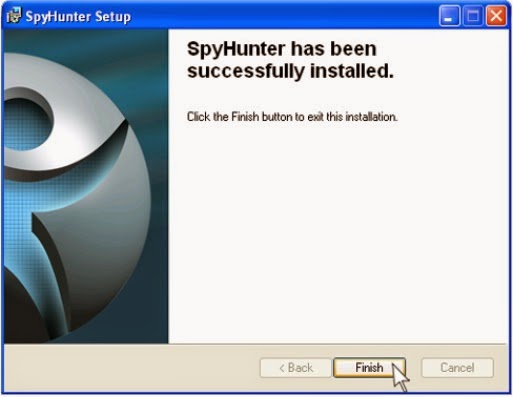.jpg)
TIP 3. Run SpyHunter to scan your PC
After the installation, run SpyHunter and click "Malware Scan" button to start a full or quick scan.
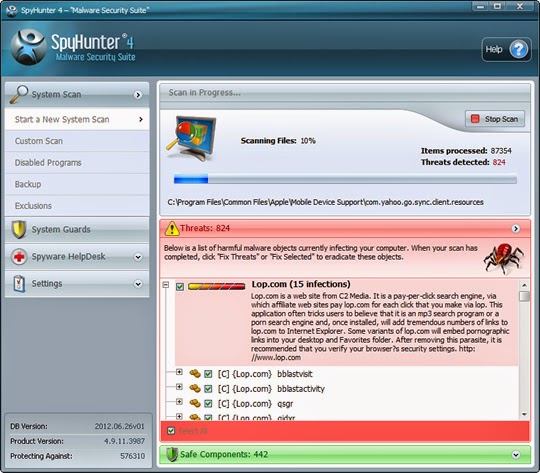
TIP 4. Finally click on the built-in “Fix Threats” to get all detected items deleted.
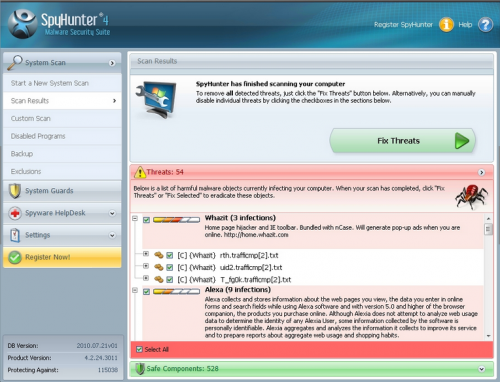
Special Tips:
Anything wrecking havoc on the computer like such fake security alert should be stopped timely. Hope these removal tips can walk you through how to solve the problem effectively. If you fail to carry out the manual removal procedure due to any reason, remember that you still have a pretty good option – Rid "Security Error Code 0x80070424" with SpyHunter.


No comments:
Post a Comment